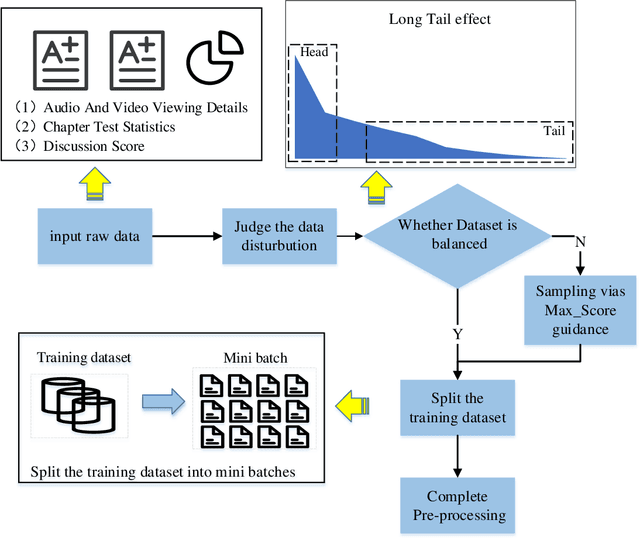Zhuonan Liang
Sequential Spatial-Temporal Network for Interpretable Automatic Ultrasonic Assessment of Fetal Head during labor
Mar 20, 2025Abstract:The intrapartum ultrasound guideline established by ISUOG highlights the Angle of Progression (AoP) and Head Symphysis Distance (HSD) as pivotal metrics for assessing fetal head descent and predicting delivery outcomes. Accurate measurement of the AoP and HSD requires a structured process. This begins with identifying standardized ultrasound planes, followed by the detection of specific anatomical landmarks within the regions of the pubic symphysis and fetal head that correlate with the delivery parameters AoP and HSD. Finally, these measurements are derived based on the identified anatomical landmarks. Addressing the clinical demands and standard operation process outlined in the ISUOG guideline, we introduce the Sequential Spatial-Temporal Network (SSTN), the first interpretable model specifically designed for the video of intrapartum ultrasound analysis. The SSTN operates by first identifying ultrasound planes, then segmenting anatomical structures such as the pubic symphysis and fetal head, and finally detecting key landmarks for precise measurement of HSD and AoP. Furthermore, the cohesive framework leverages task-related information to improve accuracy and reliability. Experimental evaluations on clinical datasets demonstrate that SSTN significantly surpasses existing models, reducing the mean absolute error by 18% for AoP and 22% for HSD.
SPOC learner's final grade prediction based on a novel sampling batch normalization embedded neural network method
Dec 15, 2020



Abstract:Recent years have witnessed the rapid growth of Small Private Online Courses (SPOC) which is able to highly customized and personalized to adapt variable educational requests, in which machine learning techniques are explored to summarize and predict the learner's performance, mostly focus on the final grade. However, the problem is that the final grade of learners on SPOC is generally seriously imbalance which handicaps the training of prediction model. To solve this problem, a sampling batch normalization embedded deep neural network (SBNEDNN) method is developed in this paper. First, a combined indicator is defined to measure the distribution of the data, then a rule is established to guide the sampling process. Second, the batch normalization (BN) modified layers are embedded into full connected neural network to solve the data imbalanced problem. Experimental results with other three deep learning methods demonstrates the superiority of the proposed method.
 Add to Chrome
Add to Chrome Add to Firefox
Add to Firefox Add to Edge
Add to Edge